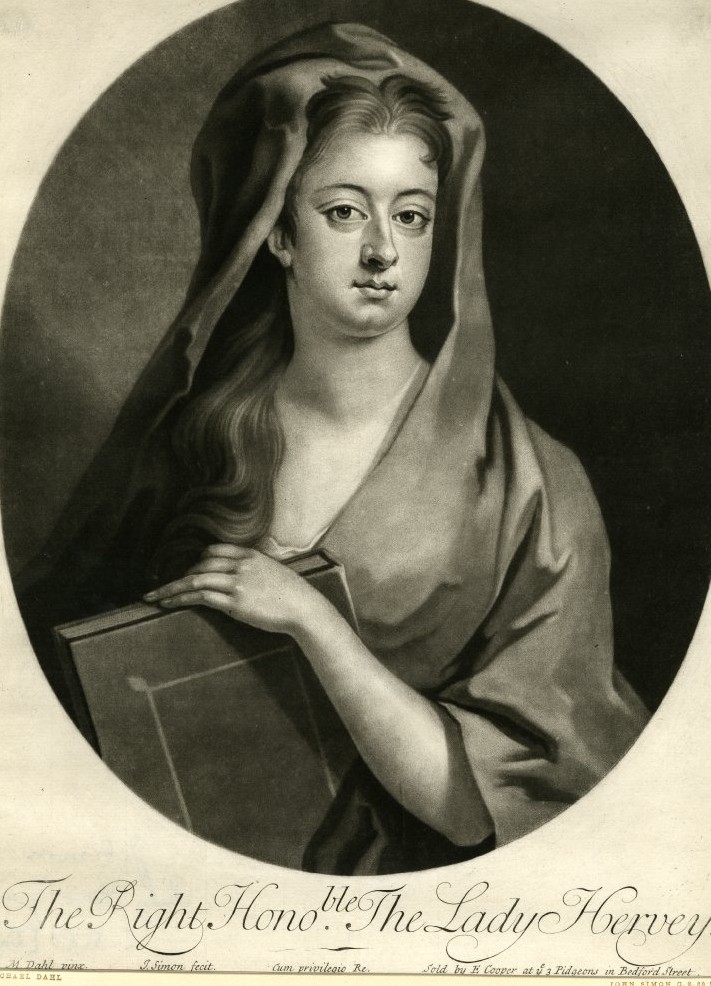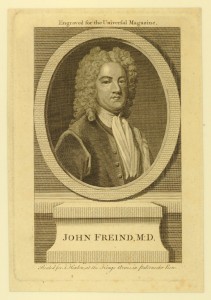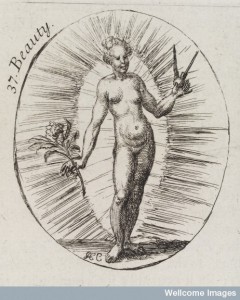
Before the seventeenth century, rheumatism tended to refer to a flow of rheum or humours. These were the sorts of humours thought to be emitted from a cold, for example, but also the ones which flowed from the brain to cause toothache too. Even tears might be explained as a type of rheum. From the later seventeenth century the term became associated, as it is now, with painful joints or rheumatoid arthritis. Lazare Rivière explained the difference between what was formerly meant by the term and its newer application:
![Lazare Rivière [Riverius]. Wellcome Library, London. Wellcome Images](https://earlymodernmedicine.com/wp-content/uploads/2014/01/7cdb6ebc9ebdc8c42e5205d38d21-199x300.jpg)
Rivière was quick to point out that although the disease wasn’t adequately explained in the Hippocratic or Galenic corpus, that isn’t to say that it is a new disease, but rather one which needed rethinking. Rivière theorised that the cause of rheumatism is a weak liver producing not health-sustaining blood, but a whey-like humour which gathers around the joints causing pain. That rheumatism pains can be brought on by a change in the weather –modern suffers often describe being pain free on their summer holidays too- was recorded by Gideon Harvey in 1675, who described the disease as ‘Joynt-Scorvey’.2 The fact that rheumatism affects joints is perhaps why people mistook it for gout which presents in a similar way, a point made by John Moyle in 1686 who stated that ‘Tis like the Gout, but not the Gout; it siezeth about the Joynts of the Feet, or Hands, or both’.3 As Moyle noted rheumatism is often worse at night and causes the sufferer ‘lamentable pain and suffering’. While various physicians offered recipes for ointments to rub into the sore joints or advised drinking spa waters such as those at Royal Tunbridge Wells, it is unsurprising that since that the source of the problem was thought to be connected to the liver, the solution preferred by doctors was bloodletting in copious amounts.

In the early eighteenth century, Elizabeth Hervey, Lady Bristol (1676-1741) wrote often to her husband about her painful joints. Her feet swelled so much at times that she wasn’t able to get her shoe on. She began writing about her rheumatic pains when she was in her early forties. An early mention of this condition was in a letter dated July 1724 in which Hervey wrote ‘I would not give my dear life [her husband] the pain of knowing what I endure but upon this occasion, but my leg is so swelld that I am hardly able to stand while the Princess is dressing’.4 This comment highlights the difficulty that this condition caused her as a courtier. Hervey held the prestigious position of Lady of the Bedchamber to Caroline of Ansbach (1683-1737), queen to George II. The letter records, though that the queen was considerate of Hervey’s pain and that ‘the Princess had the goodness to force me to stay till she walkd to Que-Green, a mile & a half farther’. Despite this consideration, two days later Hervey’s legs were so sore that she couldn’t get out of bed. The respite didn’t last long however and the queen insisted Hervey wait on her at London and Kensington, a matter of days later, such that she returned home to collapse into bed exhausted. The next morning Hervey was needed to hurry back to Kensington with the Queen to see the Princess Amelia (aged around seven) who was unwell – and in fact the party set off at such speed that there was no time for breakfast.

Hervey consulted several famous doctors including John Freind and Richard Mead. She usually relied on Epsom salts for her painful, swollen joints, but does say that the medication often leaves her ‘faint and giddy’ which is commensurate with the laudanum she mentions occasionally taking. She also takes a rhubarb tincture, and on July 7 1719 she told her husband:
for my rheumatism is so violent both in knee and ancle as to have swells them both extremely, especially the latter, that I am hardly able to bear a shoe; I was forcd to call Catharine this morning at seven a clock to rub it before I could get any sleep, though I did not go to bed till two a clock.5
Despite the effusive declarations of love in the Herveys’ many letters. Lord Bristol chided his wife after this episode for staying up to write to him when she should be resting, but also for upsetting him with the ‘unwellcome news of your being a cripple’. 6 It is understandable then that when she suffers from a fall in October that year, Hervey seems reluctant to admit this to her husband, and only does because she fears someone else might tell him first. Hervey says ‘I am afraid you will think this wholey owing to my awkward walking’, but that it was due to wet cobbles caused by a recent hail storm.7 Lord Bristol’s response makes it plain that this isn’t the first fall that Hervey has had though. He writes that ‘you used to lay those accidents upon your bein with child, saying you never stumbled but in that condition, ruminating always on your time of travel [labour]; but tis now plain that was not ye cause; wherefore pray take better heed’.8 Lady Bristol had seventeen children between 1698 and 1716, so had plenty of opportunity to explain away her falls in this way.
In 1721 a physican, Dr Pake, recommended by Mead, explained to Hervey that he put her pains down to living the last year round in London which filled my bloud so full of peccant humours and brought pains upon m in s many places’ including this time her fingers, foot and right knee.9 Hervey also notes the effect of the changes in the weather on her condition, especially going from a heated room into the cold, for example, which can cause pain she likens to being on the rack (the medieval instrument of torture).10 These observations show that Hervey’s diagnosis of rheumatism fits entirely with the symptoms and apparent causes described by physicians at the start of this article.
[1] Lazare Rivière, The Practice of Physick, trans. N. Culpeper (London: 1665), p. 548.
[2] Gideon Harvey, The Disease of London: Or, A New discovery of the Scorvey (London, 1675), p. 22.
[3] John Moyle, An Abstract of Sea Chirurgery (London, 1686), p. 70. Moyle’s book is about diseases to which sailors were thought prone, including rheumatism.
[4] Letter-Books of John Hervey, First Earl of Bristol and Sir Thomas Hervey, ed. by Sydenham Henry Augustus Hervey (E. Jackson, 1894), modern reprint (Memphis: General Books, 2012), p. 18.
[5] Ibid. p. 23.
[6] Ibid., p. 25.
[7] Ibid., p. 29.
[8] Ibid., p. 34.
[9] Ibid. p. 62.
[10] Ibid. p. 79.
© Copyright Sara Read all rights reserved.



It seems you have done a great research for writing this up, Sara. Anyway, thanks for sharing this.